Wave Photography & Telephoto Landscape Photography Tutorial
Wave photography holds a unique allure—the sights, the smells, and the vast, empty horizon. Over the years, capturing the beauty of waves has become a cherished pursuit for me. During a fortunate encounter with powerful swells in Ireland, I decided to delve deeper into this captivating style of photography. In this video and article, I’m excited to share my favorite techniques for capturing waves using my 100-400mm lens, hoping you find inspiration in the process.
For successful wave photography, it’s crucial to anticipate their location. I’ve discovered that the winter months offer the best opportunities, although if you’re fortunate enough to encounter a potent storm, impressive waves can occur throughout the year. During my photography endeavors in Ireland, I seized the chance in late September to leverage the remnants of a hurricane to capture extraordinary conditions. Surfline.com is a valuable resource for checking wave heights, and I suggest consulting Windy.com for additional information/scouting.
Typically, I take pleasure in capturing waves using my 100-400 telephoto lens, and if you have a 70-200, that should work well too. Shooting waves with a wide lens and underwater housing, however, demands an entirely different skill set and should be researched thoroughly before attempting. Many photographers specializing in this style are at ease swimming in significant swells, with those I know personally also being skilled surfers. For the focus of this article, we’ll remain on dry land to capture the waves.
Where you choose to position yourself significantly influences how you can capture the waves. If you manage to secure an elevated vantage point, such as a pier or cliff, you can achieve a crisp, almost aerial perspective of the waves—this is my preferred method of capturing them.
Alternatively, from the sandy shoreline, you can still achieve impressive shots, sometimes getting closer to the waves to emphasize their size. This perspective also allows for a better inclusion of the horizon in your shots. However, shooting from the shore presents challenges, as waves may obstruct each other, leading to a cluttered composition. Thus, capturing a clean and well-composed wave shot from the shore can be more challenging, but the results can be well worth the effort when the perfect moment arises.
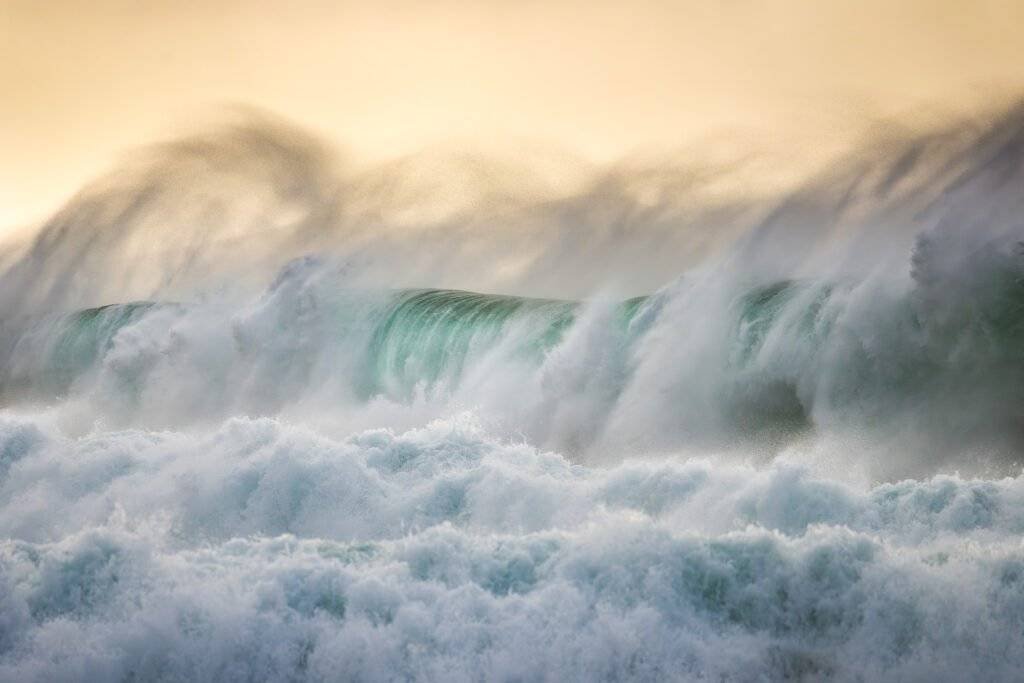
Alright, when it comes to settings, I prefer to keep things simple for wave photography. Primarily, I opt for a high shutter speed to effectively capture the texture and power of the waves. While there are instances where dragging the shutter can yield great results and a different style of wave photo. emphasizing the power of the waves generally requires high shutter speeds. Typically, I set it to at least 1/800 on my 100-400 lens. However, going a bit higher isn’t a bad idea, especially since zooming in on a high-megapixel file at 100% may still reveal some motion in the water. To achieve and maintain this high shutter speed, I adjust my ISO to 400 or 500, introducing a touch of noise that’s negligible.
As for my f-stop, it varies based on lighting conditions and perspective. Shooting from the shore with different layers of waves at varying focal points calls for a higher f-stop to bring more waves into focus. It’s acceptable for some areas of the image to be slightly less in focus, as long as the most impactful part of the wave remains sharp. When capturing a wave in the distance, the f-stop becomes less critical, as the image will be consistently sharp throughout. Examples of both scenarios are provided below. For your reference, most of the images during this shoot were captured at f/7.1 to f/9.
Regarding focus, I prefer using auto-focus. Typically, I employ a spot meter for the center of the image and track the focus as the wave approaches. If I’m capturing a specific rock formation being hit by a wave, I may switch to manual focus, focusing on the rock and patiently waiting for the waves to crash. For all my wave photography, I use a fast burst mode on my camera.
Once you’ve nailed down the right conditions and technique, time becomes the real game-changer for those perfect shots. You can’t just stroll in, expecting to capture those breathtaking wave moments in a few quick minutes. My sessions out there shooting waves lasted a good 4-5 hours. It’s all about being there in the moment, watching how the tides play out, and soaking in the scene as it evolves. Instead of hurriedly packing up during the calm moments, I found myself just patiently waiting, knowing those impressive waves would roll in again. Thankfully, spending hours on end in that space, appreciating the sheer force of nature, is hands down one of my favorite things to do.
I hope this was helpful, and I wish you great success in capturing some amazing shots out there!

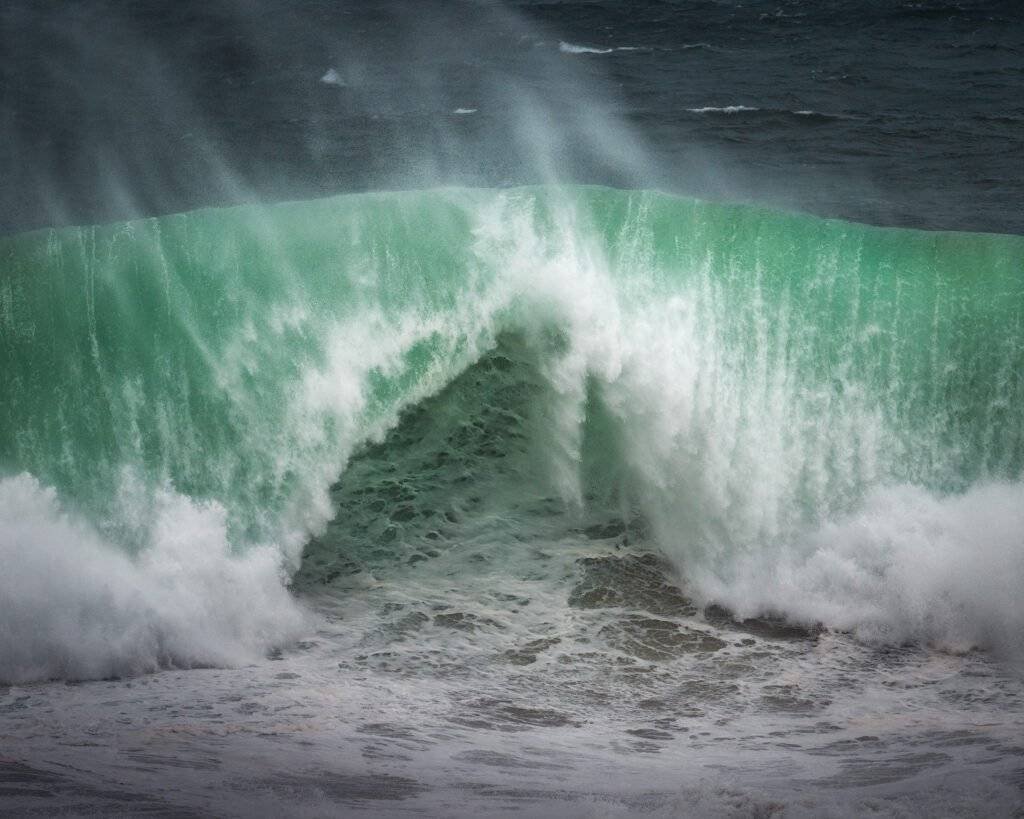
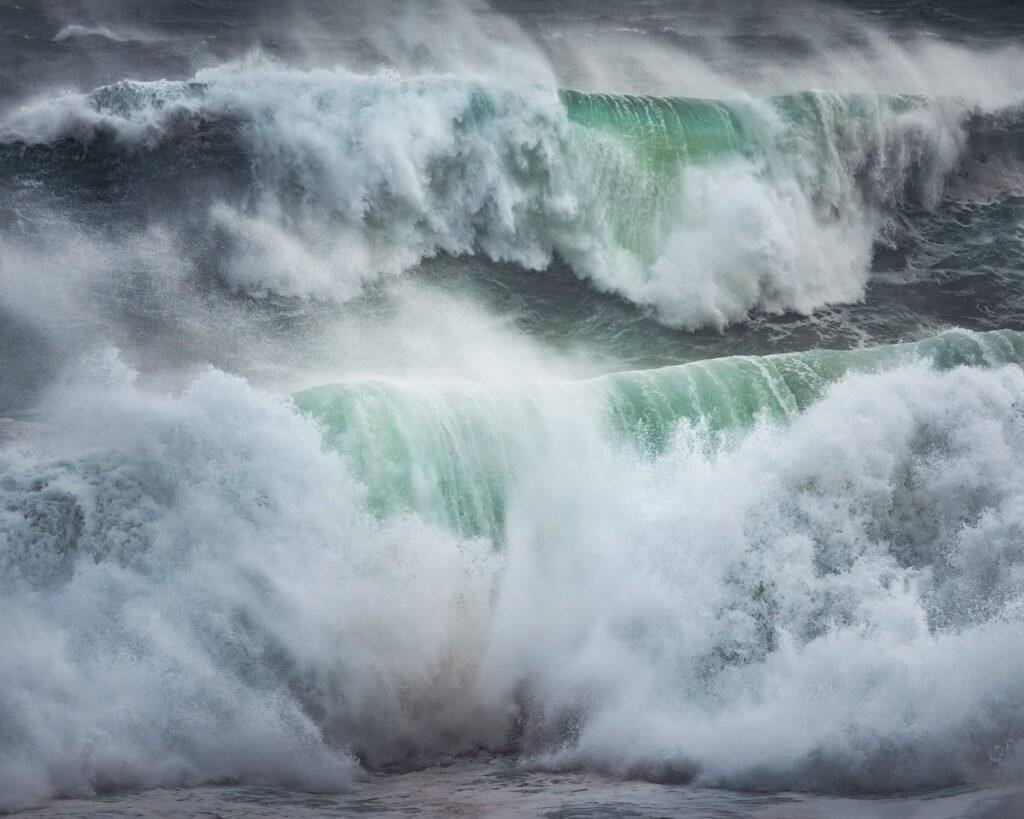
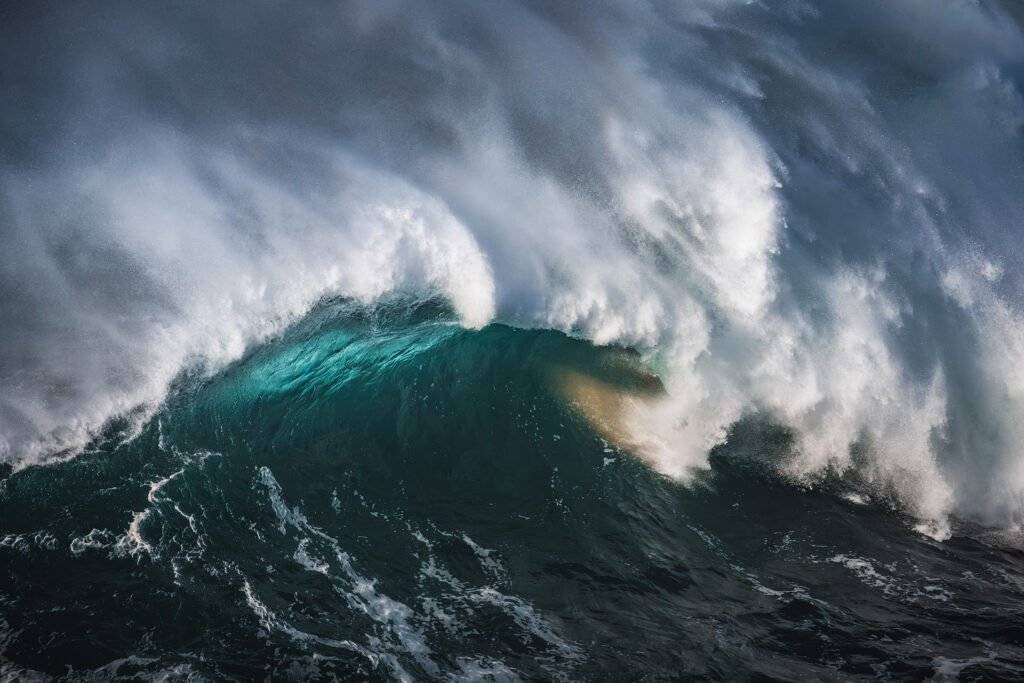
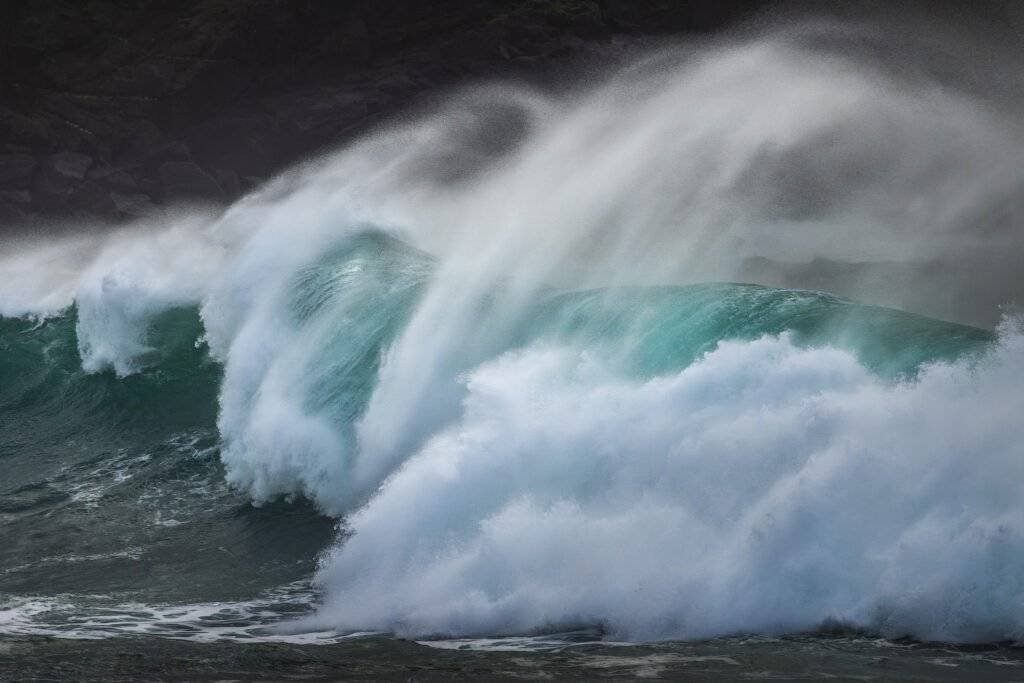

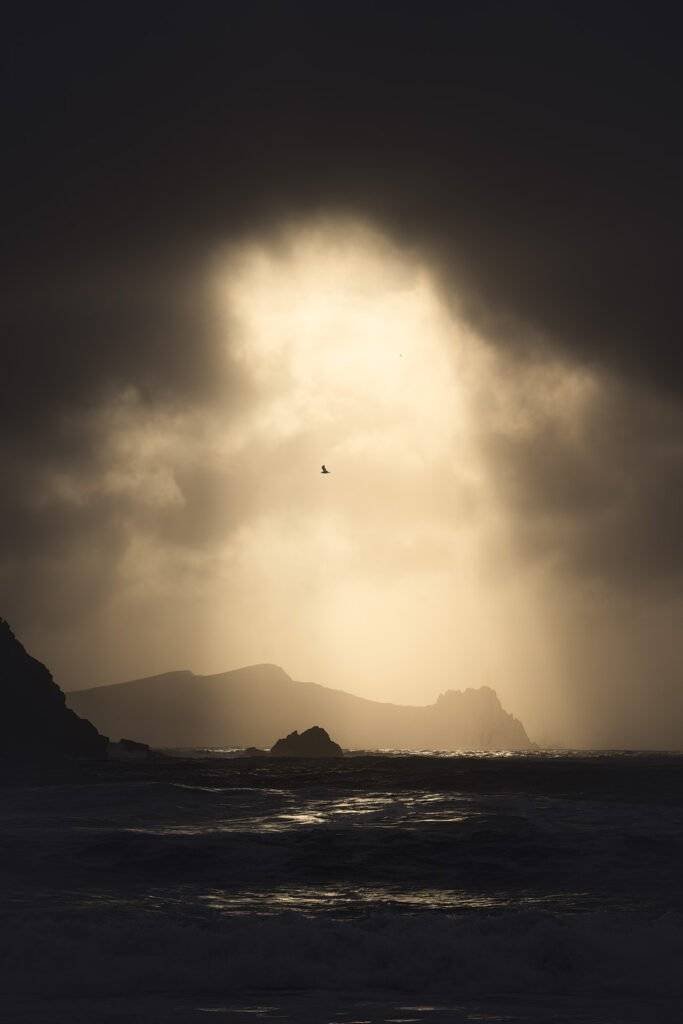



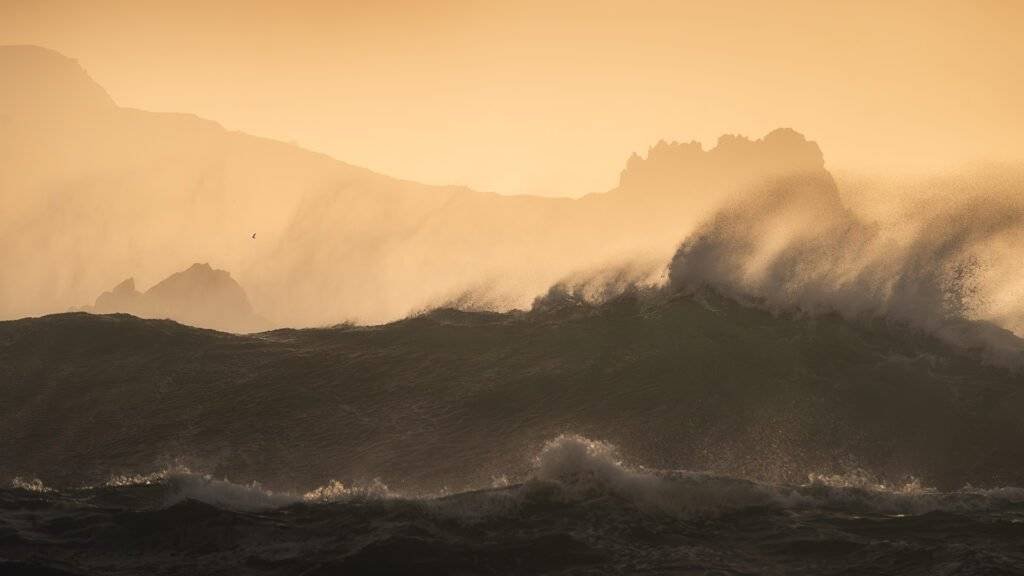

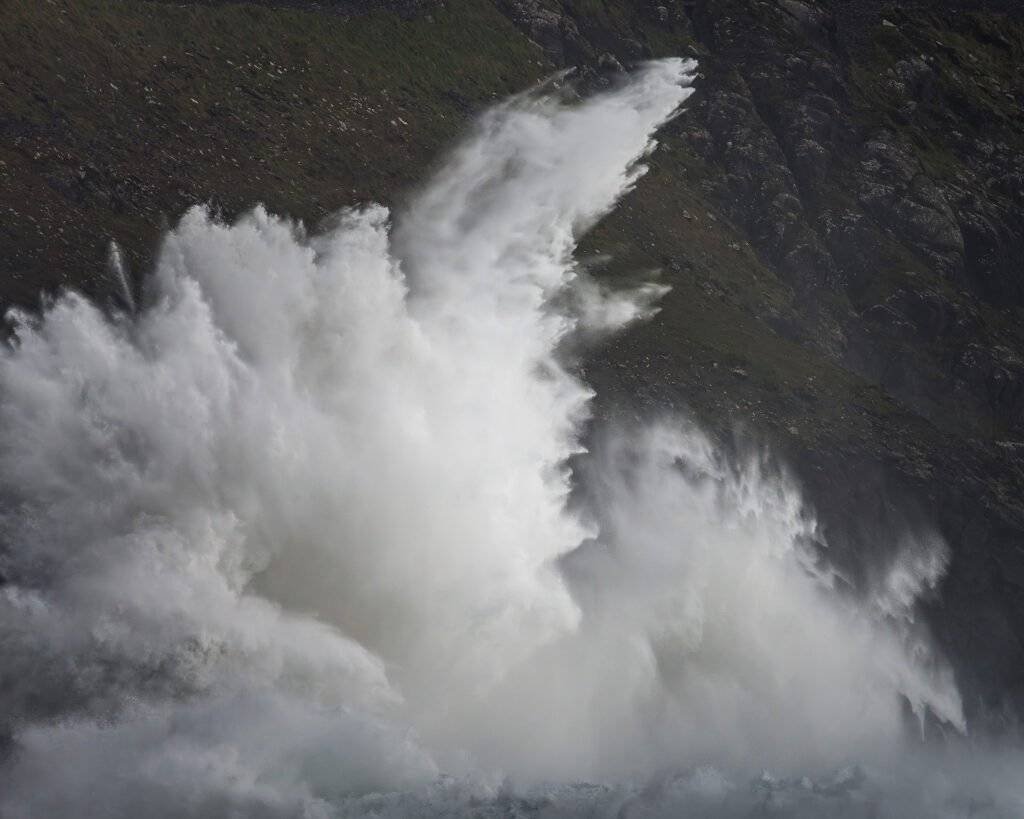
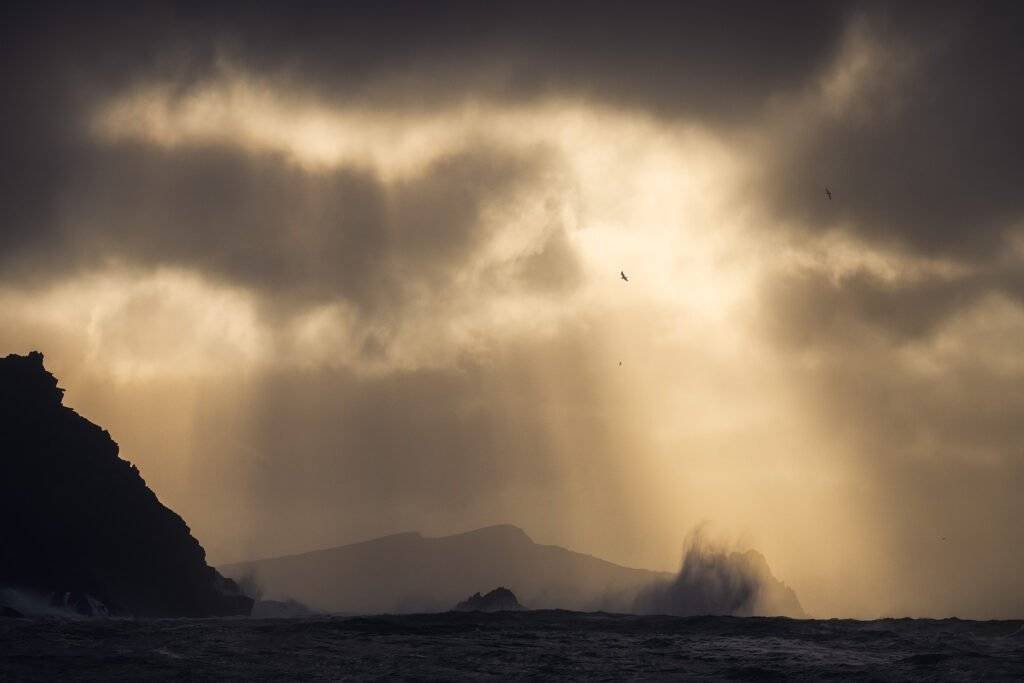
We stumbled upon a video you had produced while in Ireland and photographing waves. Your work is outstanding. I witnessed monsters and other beings in an array of battle. One was an old man or even a troll with l9ng hair whisping behind him. I too am a photographer and love outdoor, landscape, lighthouses, macro, and life itself. Your videos are very intuitive and relaxing. Thank you for visiting our home. I do not have a website but keep my portfolio on hand.